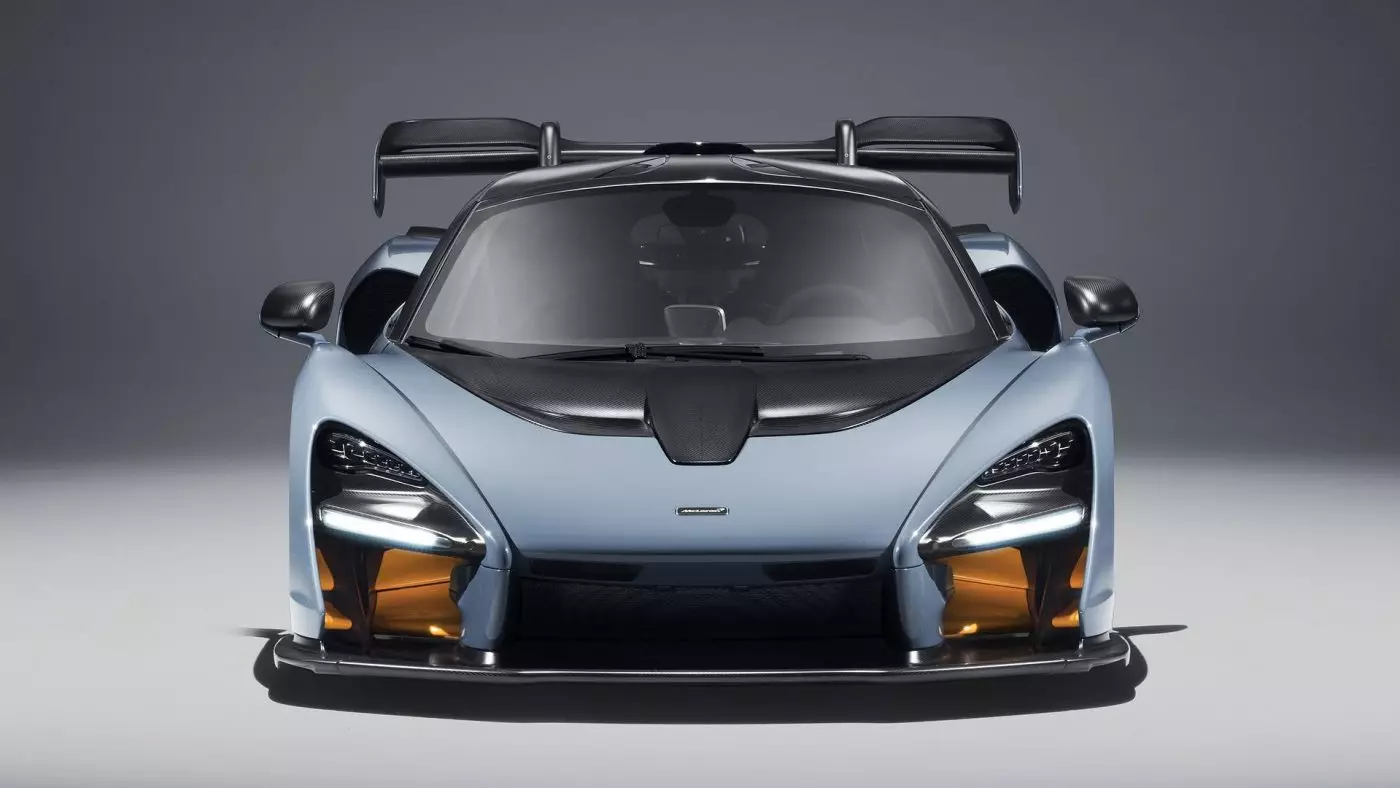The new member of the Ultimate Series promises to be faster on the circuit than the McLaren P1, but it can also be driven on public roads. A circuit car that can “be driven to go shopping,” as Andy Palmer, director of road cars at McLaren, puts it.
It's the first McLaren to do without an alphanumeric designation, and they couldn't choose a more meaningful name. But why just now? Why didn't you resort to a name with such emotional charge before?
Mike Flewitt, Executive Director McLarenWe talked in the past with Viviane (sister) and Bruno (son) about a collaboration, but we never wanted to just make a "Senna" version or stick the name to something just for the sake of it. It had to be something that was credible and appropriate.
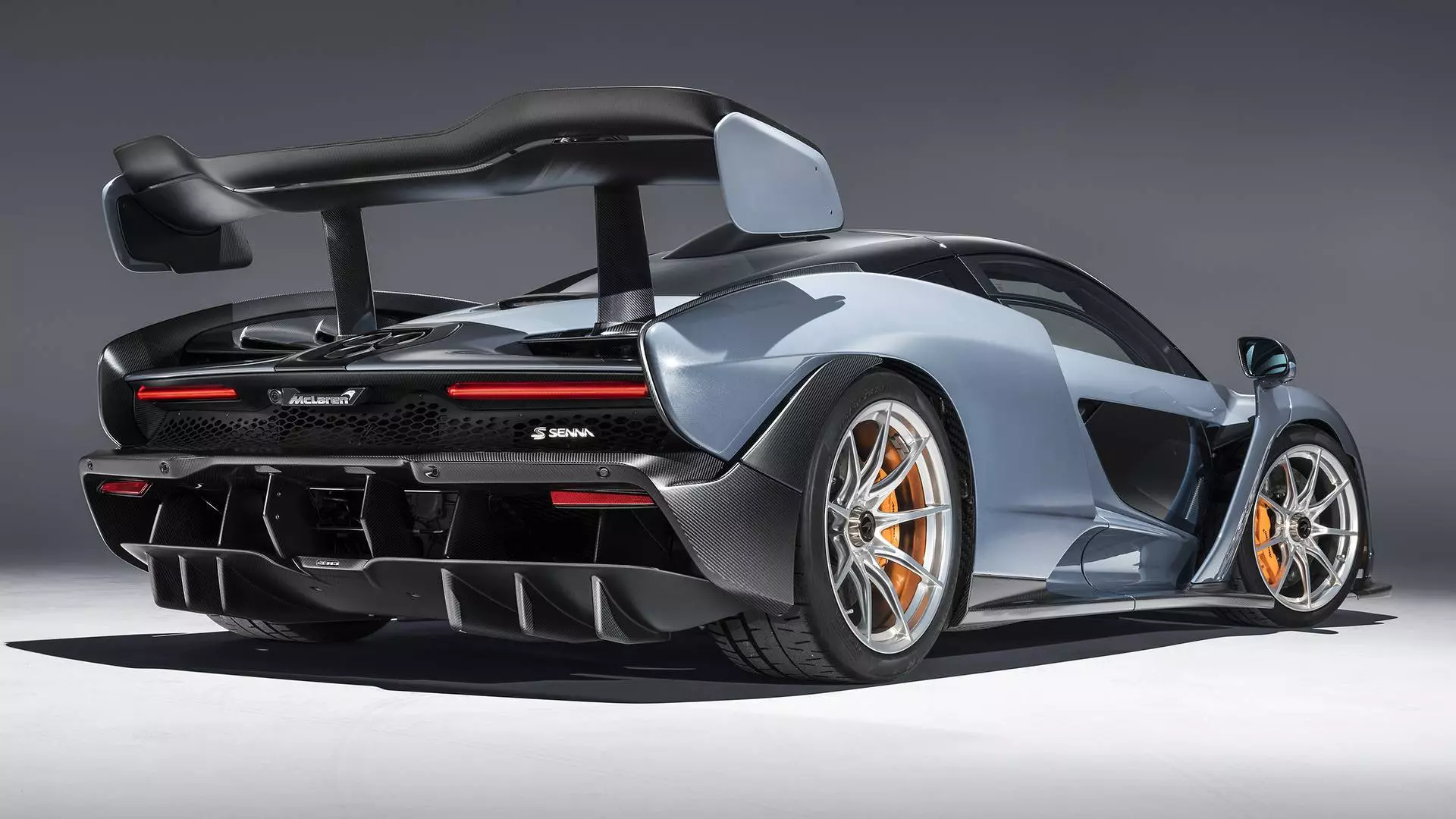
800, 800, 800
The McLaren Senna, as the brand's pinnacle when it comes to performance, would have to have numbers to match — and these don't disappoint. And, coincidence or not, there is a number that stands out: the 800 number . Represents the number of horses charged, the number of Nm and the number of kilos of downforce it can produce.
The 800 hp and 800 Nm of torque are achieved thanks to an engine variation present in the 720 S — it maintains the same 4.0 liters of capacity, eight cylinders in V and two turbos. It is the most powerful combustion engine ever by McLaren, surpassing the P1 — this one had the help of electric motors to reach more than 900 hp.
Not only is it one of the most powerful McLarens ever, it's also one of the lightest — the dry weight, no fluids, is just 1198 kg . The combination of high power and low weight could only yield surreal performance numbers.
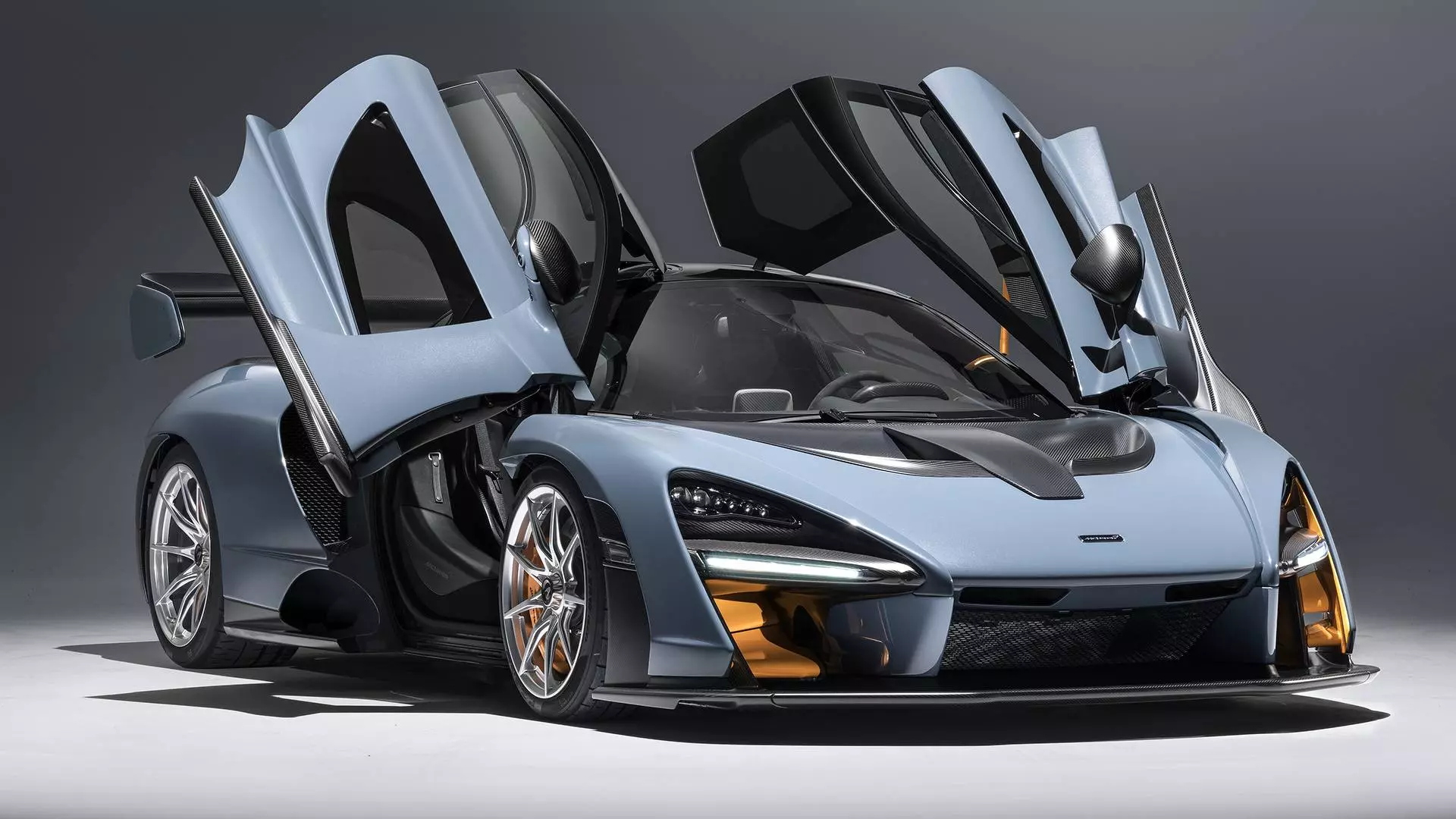
The McLaren Senna remains a rear-wheel drive, like the rest of the McLarens, but is capable of dispatching 100 km/h in just 2.8 seconds. More impressive are the 6.8 seconds to reach 200 km/h and 17.5 seconds to reach 300 km/h. The braking is as impressive as the acceleration — braking hard from 200 km/h only requires 100 meters.
The maximum downforce of 800 kg is reached at 250 km/h, but above that speed — the Senna is capable of reaching 340 km/h — and thanks to the active aerodynamic elements, it allows to eliminate excessive downforce and constantly adjust the aerodynamic balance on the front and rear, especially in situations such as heavy braking, where much of the weight is transferred to the front.
extreme war on weight
To achieve the low weight it advertises — 125 kg less than the 720 S — McLaren has taken the weight reduction to an extreme. Not only did Senna receive a carbon-rich diet — 60 kg in panels, not counting the Monocage III — but no detail was left to chance.
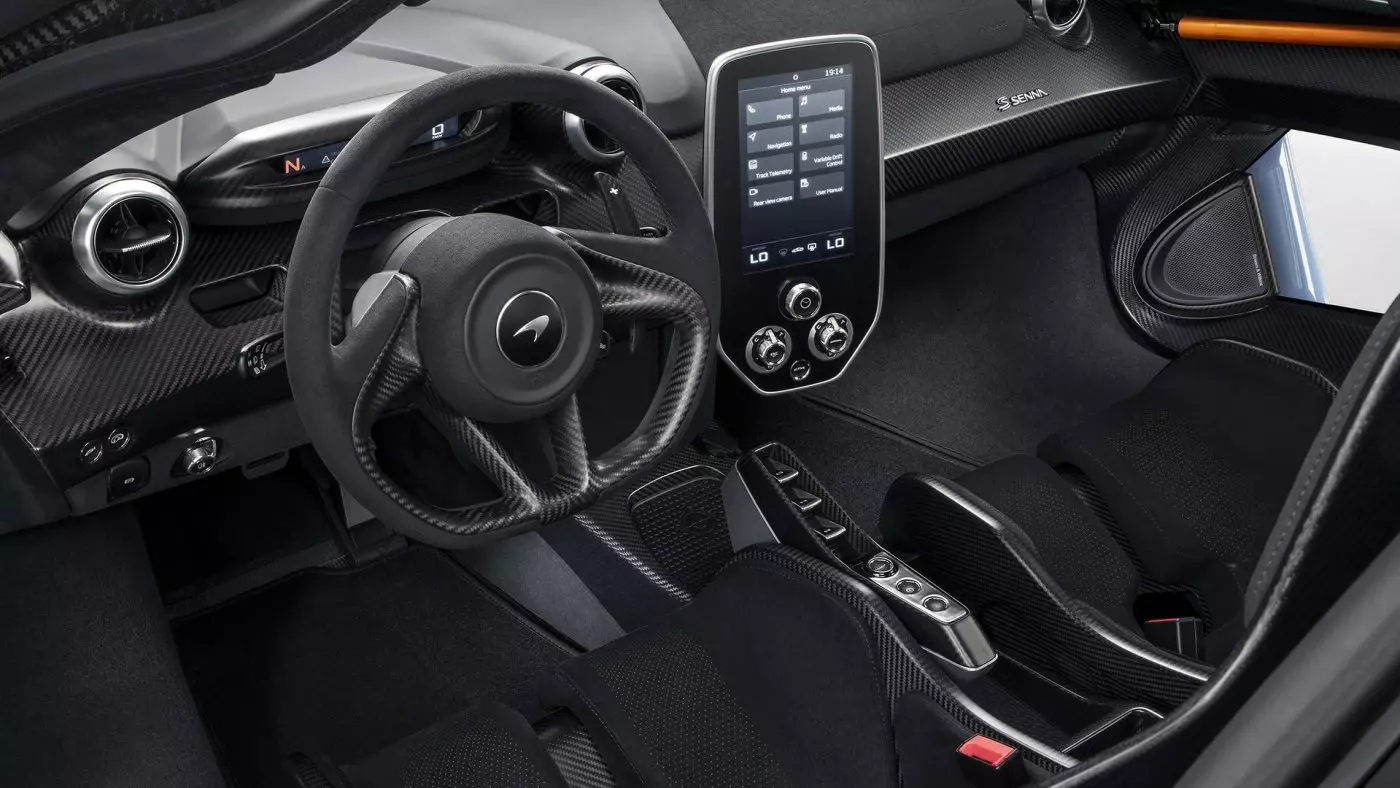
McLaren Senna — rotating instrument panel, as on the 720 S
Notice the minutiae — the redesigned screws weigh 33% less than those used on other McLarens. But they didn't stop here:
- The mechanical door opening mechanism of the 720 S has been replaced by an electrical system, 20% lighter.
- The doors weigh just 9.88 kg, around half those of the 720 S.
- The carbon seats weigh just 8 kg, the lightest ever for the brand — to reduce weight, they just filled in with Alcantara, the areas where the body really presses on the seat.
- The door windows are divided into two parts — only the lower part, which allowed for thinner doors, a smaller electric motor to lower them, thus lighter.
- The debut of Monocage III, the central carbon cell, stiffer and lighter than ever.
- The rear wing weighs just 4.87 kg and is based on what the brand defines as “swan-necked” supports.
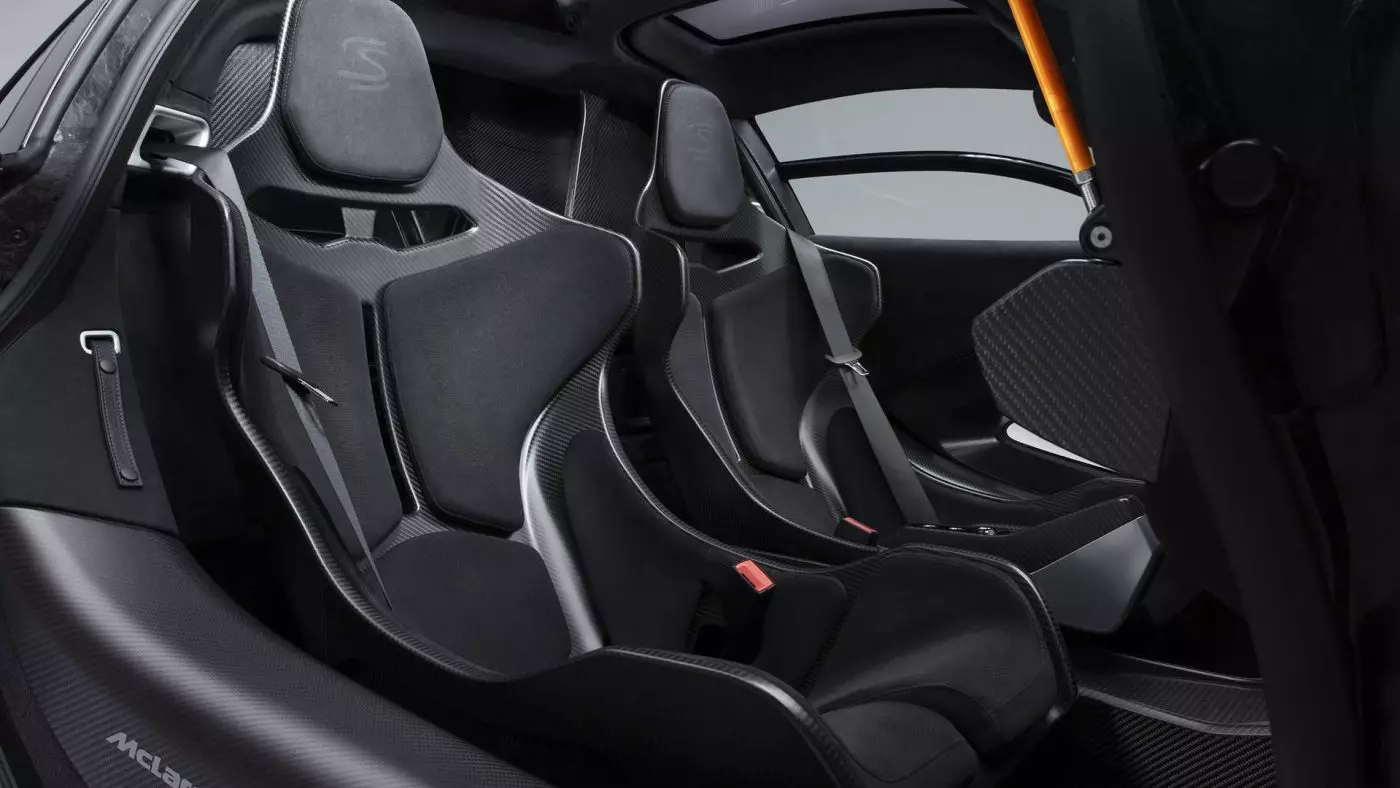
have all been sold
Only 500 McLaren Senna will be produced, and despite the more than 855,000 euros requested, they have all found an owner.
